On July 31, Nasa announced the seven instruments that will be included in its next Mars rover, to be launched in 2020. One of the instruments, the Radar Imager for Mars’ Subsurface Exploration (RIMFAX) will conduct shallow profiling of the geological structure of Martian subsurface as the rover drives along the surface. Canadian earth scientist […]
Tag: space
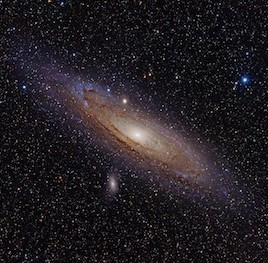
Milky Way galaxy may be lighter than previously thought
A new computer simulation has calculated that the mass of our own Milky Way galaxy is about half that of the Andromeda galaxy, one of our closest partners despite previous research. Using the motion and position of “satellite galaxies” researchers have showing that the Milky Way galaxy has a smaller mass than the Andromeda galaxy. The […]
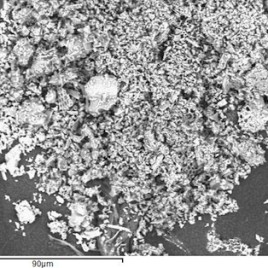
Can fossils survive cosmic impacts?
An experiment has shown that microscopic fossils can survive being fired from a gun and impacting at pressures up to 19 gigapascals (GPa). The fossils recovered by the researchers were smaller as projectile speed increased, however intact fossils were recovered from all trials. Researchers made the discovery by using fossilized diatoms – aquatic microorganisms with silica-based shells – […]
Canada’s contribution to asteroid mission gets underway
On July 17, 2014 the Canadian government announced funding that will help Canadian scientists and engineers build one of the key instruments onboard the US-led OSIRIS-REx mission, which aims to collect and return rock samples from an asteroid called Bennu, which comes within 450,000 kilometres of Earth every six years. (While the Japanese Hayabusa mission […]
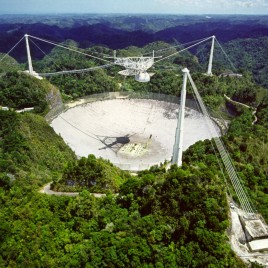
High-energy radio-burst comes from outside of our galaxy
A team of scientists observed a ‘fast radio burst’ using the Puerto Rican Aceribo radio telescope coming from outside our galaxy, a new study shows. This confirms previous observations from the Parkes radio telescope in Australia and discard the hypothesis that these would have originated near Earth. These high-energy radio bursts last only a few […]
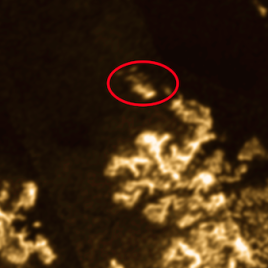
Waves or bubbles spotted on Titan’s sea
For the first time, astronomers have observed waves or surface bubbles in a methane sea on the surface of Titan, Saturn’s largest moon. While surface temperature averages around −179.5 °C, Titan is the only other planetary body in the Solar System with seas of stable liquid on its surface. The authors analyzed radar data from […]
Launch of two Canadian nanosatellites
At 15:11:11 Eastern Daylight Time on July 19, 2014, two Canadian-designed satellites were launched from Yasny, Russia. Named BRITE-Toronto and BRITE-Montreal, these devices – no bigger than a car battery – will stare for long periods of time at the brightest stars in the night sky, monitoring shifts in their brightness and colour. Monitoring these shifts […]
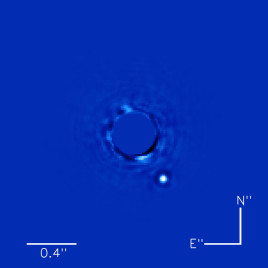
Best picture of an exoplanet ever obtained
Astronomers have taken the best direct picture yet of an exoplanet, Beta Pictoris b, using the the Gemini Planet Imager, a high-resolution camera installed on the Gemini South telescope in Chile. Beta Pictoris b is a Jupiter-like exoplanet located 63.4 light years from us, that orbits around its star at a distance slightly less than […]
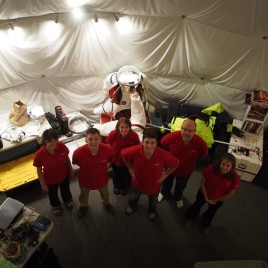
Research uncovering the mysteries of the Red Planet
University of Alberta PhD candidate Ross Lockwood is one of six team members currently camped 8,000 ft. above sea level on the side of a Hawaiian volcano. They are working to advance our understanding of Mars and its potential for life, and have chosen this location for its likeness to the Red Planet. The team is […]
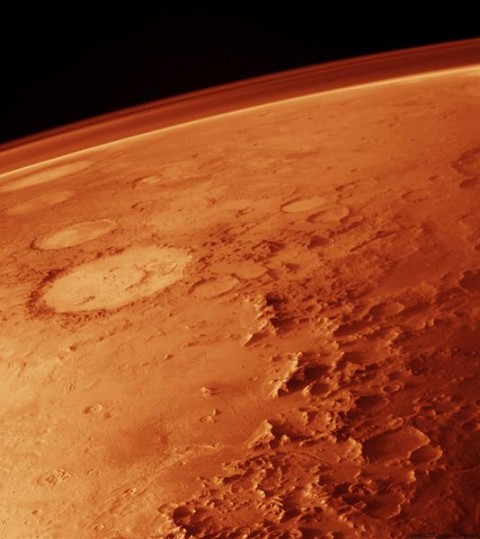
Into thin Martian air
By analysing impact craters on the Martian surface, researchers have worked out that the atmosphere on Mars 3.6 billion years ago was still too thin to support life. The researchers estimate that the atmosphere at the time would only be about 150 times thicker than today. The authors suggest that if Mars had a thick […]
Gravitational waves in cosmic microwave background
On March 17, researchers from the Harvard-Smithsonian Centre for Astrophysics announced that they had found evidence of gravitational waves in cosmic background radiation. These ripples in the fabric of space-time provide strong evidence for the theory of inflation, which says that the infant universe underwent a sudden and rapid expansion – increasing in size by […]
SMCC Holiday Closure & Top Five of 2013 | News tip
SMCC Holiday Closure and Top Five Science Stories of 2013 | December 20, 2013 The Science Media Centre of Canada will be closed for the holidays from Monday, December 23, 2013 until Friday, January 3, 2014 inclusive. If there is a major breaking news story during these two weeks, we will send out news alerts […]
